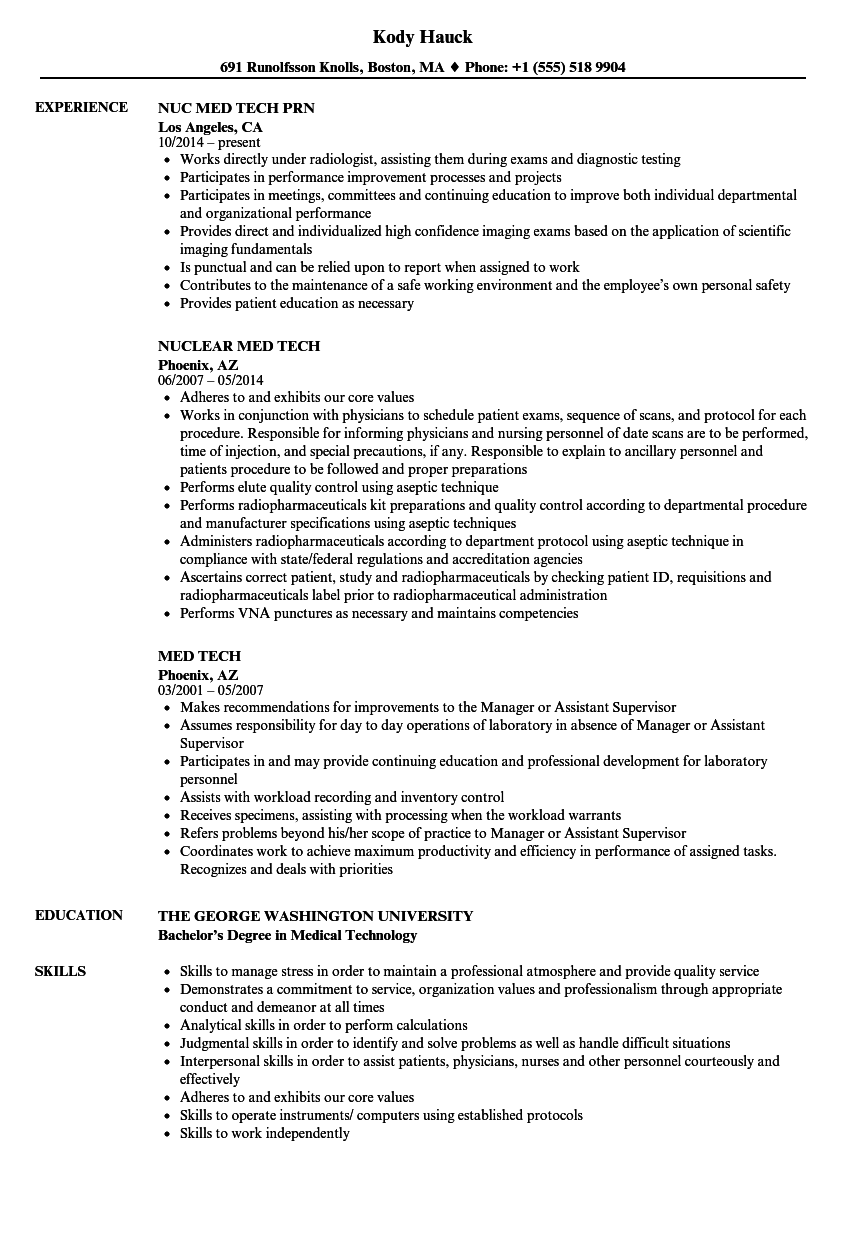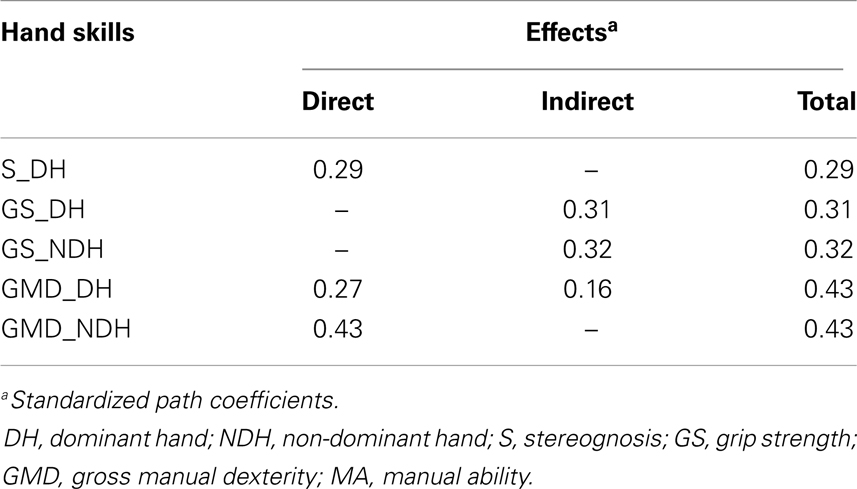Examples Of Activities Requiring Manual Dexterity
Dexterity is the ability to use your hands skillfully, fluently, quickly, and easily. Why does your child need to master a skill that seems so complicated? This fine motor skill helps kids and, perhaps even more importantly, helps them control that pencil to produce legible writing on a piece of paper!.This post contains affiliate links. Babies are working on dexterity right from the very beginning as their primitive has them grasping your finger when you place it in their palm.
Examples Of Activities Require Manual Dexterity
Eventually, that tiny baby begins to grasp other objects too. Her grip strength improves, her ability to pick up small objects (think Cheerios!) improves, her ability to move objects within her hand improves, and she can even begin to transfer objects from one hand to the other. As your baby enters toddlerhood, she gains even more experience with toys and begins to manipulate objects with different size, weight and shapes.
She learns to manipulate these objects without dropping them and can purposefully put them into their place (such as in a or ). She can isolate one finger to point and to push buttons on toys – or the remote control! Preschoolers begin to show the power of those as they develop a tripod grasp. For this age, dexterity comes into play as children, become more independent with, and learn to trace and copy lines and shapes. You will begin to notice that children this age show less movement in their arms, wrists, and hands during fine motor activities and smaller, more fine tuned movements within the hand. There are so many complex elements of dexterity, but the good news is that there lots of creative and playful ways to work on these skills. If you notice that your child fatigues quickly during fine motor activities or writing or if your child struggles with fine motor skills like cutting with scissors or manipulating small objects, check out some of these great activities for improving dexterity!
At The Inspired Treehouse, we believe that information about developmental skills and should be accessible to everyone, not just medical professionals. You won’t find a lot of complicated lingo here – we prefer breaking things down into terms that are a little less intimidating.


That’s why we’re bringing you this awesome series:! Over the next few months, we’ll be making our way through the alphabet, assigning the letters to different developmental skills. From to to and morewhen it comes to developmental terminology (and easy-to-understand definitions), you’ll find everything you’re looking for all in one place! Lauren Drobnjak is co-author of The Inspired Treehouse blog and a pediatric physical therapist who currently practices in the educational environment. She has been a physical therapist for 18 years, with 17 of those years specifically in pediatrics. Her drive to make a difference in the lives of kids has led her entrepreneurial spirit in the direction of creating opportunities for play-based wellness and child development. She is a busy mama of 3 who thrives on chaos.
To come down from the stress, Lauren enjoys exercising like she’s still 20, yoga, chocolate, a great book, browsing Pinterest, and anything crafty!
(PPS-105) SSR 83-14 SSR 83-14: TITLES II AND XVI: CAPABILITY TO DO OTHER WORK - THE MEDICAL-VOCATIONAL RULES AS A FRAMEWORK FOR EVALUATING A COMBINATION OF EXERTIONAL AND NONEXERTIONAL IMPAIRMENTS PURPOSE: To clarify how the table rules in Appendix 2, Subpart P, Regulations No. 4, provide a framework for decisions concerning persons who have both a severe exertional impairment and a nonexertional limitation or restriction.
CITATIONS (AUTHORITY): Sections 223(d)(2)(A) and 1614(a)(3)(B) of the Social Security Act; Regulations No. 4, Subpart P, sections 404.1505(a), 404.1520(f)(1), 404.1545, 404.1560-404.1569; Appendix 2 of Subpart P, section 200.00(e)(2); and Regulations No. 16, Subpart I, sections 416.905(a), 416.920(f)(1), 416.945, 416.960-416.969. PERTINENT HISTORY: No table rule applies to direct a conclusion of 'Disabled' or 'Not disabled' where an individual has a nonexertional limitation or restriction imposed by a medically determinable impairment. In these situations, the table rules are used, in conjunction with the definitions and discussions provided in the text of the regulations, as a framework for decisionmaking. This Program Policy Statement (PPS) clarifies the distinction between exertional and nonexertional limitations and explains how the latter affect performance of work activities.

The PPS also explains how to evaluate the vocational effects of nonexertional impairments within the context of the exertionally based table rules where claimants or beneficiaries also have severe exertional impairments that limit them to sedentary, light, or medium work. See the cross-reference section at the end of this PPS for related PPS's, the first one of which contains a glossary of terms used. POLICY STATEMENT: The term 'exertional' has the same meaning in the regulations as it has in the United States Department of Labor's publication, the Dictionary of Occupational Titles (DOT). In the DOT supplement, Selected Characteristics of Occupations Defined in the Dictionary of Occupational Titles (SCO), occupations are classified as sedentary, light, medium, heavy, and very heavy according to the degree of primary strength requirements of the occupations. These consist of three work positions (standing, walking, and sitting) and four worker movements of objects (lifting, carrying, pushing, and pulling). Any functional or environmental job requirement which is not exertional is 'nonexertional.' In the disability programs, a nonexertional impairment is one which is medically determinable and causes a nonexertional limitation of function or an environmental restriction.
Nonexertional impairments may or may not significantly narrow the range of work a person can do. In the SCO, where specific occupations have critical demands for certain physical activities, they are rated for climbing or balancing; stooping, kneeling, crouching or crawling; reaching, handling, fingering, or feeling; talking or hearing; and seeing. Occupations are also rated for certain environmental conditions (e.g., high humidity or excessive dust).
With respect to job complexity, occupations are rated by the training time required for average performance. Further, the occupational code numbers assigned to jobs reflect different levels of complexity in dealing with data, people, and objects. Narrative occupational descriptions in the DOT explain what is generally done in the job. Effects of Nonexertional Impairments Maintaining body equilibrium; using the fingers and finger tips to work with small objects; using the eyes and ears to see and hear; and using the vocal apparatus to speak are considered nonexertional activities.
Limitations of these functions can affect the capacity to perform certain jobs at all levels of physical exertion. An entire range of jobs can be severely compromised. For example, section 201.00(h) of Appendix 2 calls attention to the fact that bilateral manual dexterity is necessary for the performance of substantially all unskilled sedentary occupations. Mental activities are also nonexertional.
Jobs at various levels of complexity require mental functions such as intellectual competence and ability to function in terms of behavior, affect, thought, memory, orientation and contact with reality. Exposure to particular work stresses may not be medically sustainable for some persons with mental impairments, as would be the case with some persons who have physical impairments (e.g., certain cardiovascular or gastrointestinal disorders). Depending on the nature and extent of a person's mental impairment which does not meet or equal the criteria in the Listing of Impairments, relatively broad or narrow types of work may be precluded (e.g., dealing with a variety of abstract and concrete variables with nonverbal symbolism - a highly skilled level of work - or dealing frequently with members of the public - a particular type of work at any level of complexity). Although mental impairments as such are considered to be nonexertional, some conditions (e.g., depression or a conversion reaction) may also affect a person's exertional capacity. Working conditions (environmental demands) which a person may not be able to tolerate as a result of an impairment include exposure to extremes of heat or cold, humidity, noise, vibration, hazards, fumes, dust, and toxic conditions. Physical limitation of function may be linked with an environmental restriction (e.g., a respiratory impairment may diminish exertional capacity as well as restrict a person to types of work not requiring exposure to excessive dust or fumes).
In other cases, functional ability may not be impaired by an environmental restriction (e.g., a person may be able to do anything so long as he or she is not near dangerous moving machinery, on unprotected elevations, or in contact with certain substances to which he or she is allergic). After it has been decided that an impaired person can meet the primary strength requirements of sedentary, light, or medium work - sitting, standing, walking, lifting, carrying, pushing, and pulling - a further decision may be required as to how much of this potential occupational base remains, considering certain nonexertional limitations which the person may also have.
For example, at all exertional levels, a person must have certain use of the arms and hands to grasp, hold, turn, raise, and lower objects. Most sedentary jobs require good use of the hands and fingers.
In jobs performed in a seated position which require the operation of pedals or treadles, a person must have the use of his or her legs and feet. Relatively few jobs in the national economy require ascending or descending ladders and scaffolding.
Two types of bending must be done frequently (from one-third to two-thirds of the time) in most medium, heavy, and very heavy jobs because of the positions of objects to be lifted, the amounts of weights to be moved, and the required repetitions. They are stooping (bending the body downward and forward by bending the spine at the waist) and crouching (bending the body downward and forward by bending both the legs and spine).
 Download ios 8 launcher android, ios 8 launcher android, ios 8 launcher android download free. Download iOS 12 Launcher apk 19 for Android. I.OS 12 Launcher style on your phone. Everything smooth like on Phone X.
Download ios 8 launcher android, ios 8 launcher android, ios 8 launcher android download free. Download iOS 12 Launcher apk 19 for Android. I.OS 12 Launcher style on your phone. Everything smooth like on Phone X.
However, to perform substantially all of the exertional requirements of most sedentary and light jobs, a person would not need to crouch and would need to stoop only occasionally (from very little up to one-third of the time, depending on the particular job). For additional discussions of nonexertional impairments, see SSR 83-13, PPS-104, Capability to Do Other Work - The Medical-Vocational Rules as a Framework for Evaluating Solely Nonexertional Impairments.